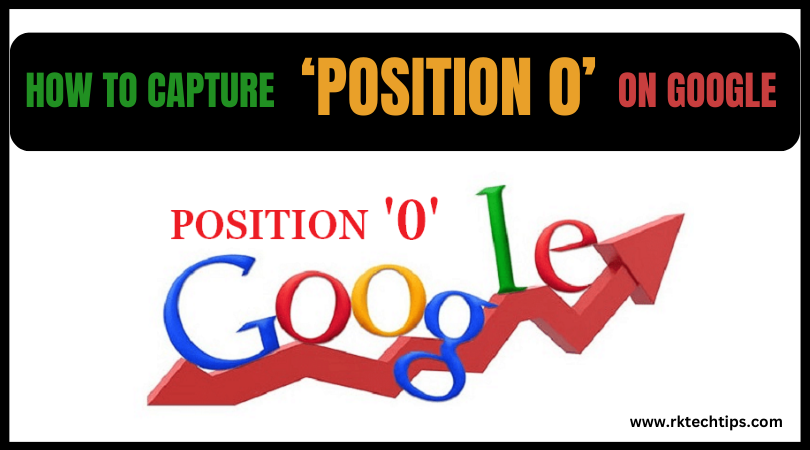Google Display Ads
Google display advertising, also referred to as banner ads, is a common tool used by advertisers.
The click-through rates for display advertising have typically been lower than those for search ads, but having aesthetically attractive graphics can reduce the gap and boost performance.
According to WordStream, this kind of visual advertisement is also distributed via the Google Display Network, which hosts more than 2 million websites and is thought to reach 90% of internet users.
This visual ad format is excellent for creating a useful and recognizable brand that works across mediums, but what makes responsive display advertisements different from bespoke display ads, and which one should you pick?
Display advertisements, when used effectively, may have a big impact on your brand. So, keep reading to find out the difference between uploaded ads and responsive display ads!
Read More: Does My Tools Town Instagram Really Boost Likes And Followers? Read This!!!
1. Responsive Ads
If you are thinking about utilizing responsive display ads for your business, then let me tell you that creating them requires significantly less effort and also offers increased efficiency.
With these ads, all one has to do is upload their creative assets, including headlines, descriptions, logos, videos, or other images, and Google spins up the most effective and creative combination on the user’s behalf – all in real time. These are the key benefits of Responsive Display ads.
Responsible Ads are very convenient. As a user of the service, you get to rely on Google’s most powerful machine learning for your ads to get developed instead of relying on your own best guess.
The flip side is that you have to let go of your creative control over the ad.
The PROs and CONs of Responsive Display Ads
- Pros – Increase in scale, much more effective and very efficient
- Cons – Responsive Display ads leave less to no creative control for the creators5
2. Uploaded Ads
These type of ads are what comes to mind first when you think of display advertising. As the marketer, you have full control over ads.
Here one has the creative freedom- from headlines to imagery and everything and then upload it into Google Ads.
These types of ads give a person the most control over how a brand appears in display campaigns and the messaging that goes along with each of these ads.
However, as compared to responsive ads, these ads require more effort to make as one has to create them from start to finish.
The best a person can do while creating them is just take guess what the audience might like, and a chance of human error always remains.
These ads might not get displayed properly if the one creating them (the user) does not double-check their work.
The PROs and CONs of Uploaded Ads
- Pros – People get the maximum creative control when making these ads.
- Cons – They are less effective as they are very time-consuming, and potentially have more room for error.
Read More: YTD Video Downloader Review
FAQs
- Is Google Ads for free?
A: Pay only for outcomes, such as website clicks or phone calls to your company.
When you spend $20,000, we’ll give you $20,000 in free ad credit to get you started with Google Ads. Start with free, individualized assistance.
With the help of a Google Ads Expert, create your unique advertising strategy.
- What do Google Ads Do exactly?
A: You can use Google Ads as a product to advertise your company, aid in the sale of goods or services, create awareness, and boost website traffic.
You can make and then first finalize which will be the right moments for your ad campaign – Then include your settings, ad text, and budget. We all know Google Ads accounts are controllable through online.
- Do Google Ads charge monthly?
A: With Google Ads, your credit card will automatically be debited on the first of every month or whenever your balance surpasses the “payment threshold.” Your charge includes the cost of your advertisement as well as any outstanding balance from the prior month, tax, and any additional fees that some nations may impose.
- Do Google Ads pay you?
A: This is a better option that Google will go to compensate for your viewer’s clicks, impressions, and other types of interactions with the Google advertisements which you are putting up on your website.
- Is Google Ads hard to learn?
A: Learning Google Ads and developing an effective campaign involves several difficulties. Some of the more prevalent issues include incorrectly identifying your target demographic and keywords, trouble articulating what makes your company special, a lack of information, and a website that doesn’t function properly on mobile devices.
To Wrap It Up!
All in all, it is very refreshing that technology has come to such a stage. Display advertising has been established to be very adaptable.
Being able to operate machine learning to change an ad dynamically to match a specific user’s interest or page is next-level tech.
Thank you for reading up till here! I hope that answers your queries on the difference between uploaded ads and responsive display ads. Let me know in the comments your thoughts on the same.














